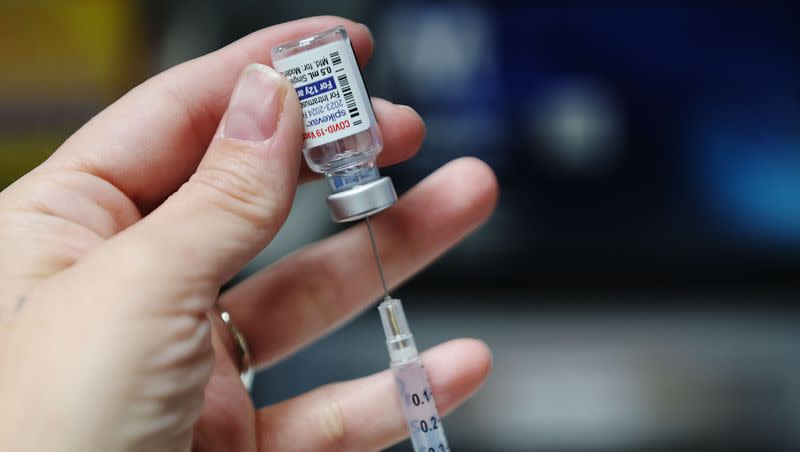COVID-19 JN.1 variant is spreading fast. Here’s what you need to know

Health experts worldwide are watching a coronavirus subvariant, JN.1, because it's spreading fast throughout the world.
The World Health Organization said that it accounted for just 3% of COVID-19 cases early in November, but was more than a quarter of cases (27.1%) a month later, worldwide. WHO warns that the virus could cause a surge in cases, mostly in countries where it’s winter now.
The global public health giant said that available vaccines will help prevent severe illness should someone become infected with JN.1. WHO predicts illness will be less severe than other omicron sublineages, but with flu and RSV also circulating, it could add to the mix and “may exacerbate the respiratory disease burden.”
The Centers for Disease Control and Prevention said that JN.1 “comprises an estimated 15-29% of cases in the U.S. as of Dec. 8, 2023.” CDC calls it the “fastest growing variant” in the U.S. But the public health agency said there’s no indication that the symptoms produced by JN.1 are more severe.
Per Yale Medicine, “One remarkable aspect of JN.1 is its rapid evolution, which suggests it may be better at evading immune systems, or it may simply be more transmissible, according to the CDC.”
According to The Washington Post, “The WHO designation came after emergency room visits in the United States for COVID-19, influenza and respiratory syncytial virus collectively reached their highest levels since February,” as the Post earlier reported, “ahead of the holiday period.”
About JN.1
JN.1 appeared in early August and is a grandchild of sorts of omicron, which made many people sick in 2022. As the Post explained, it evolved from another variant, BA.2.86, which didn’t do much but was worrisome because it had many mutations on its spike protein. “JN.1 is very similar with an additional spike protein mutation.”
As the American Heart Association explains, a spike protein “facilitates virus entry into healthy cells, which is the first step in infection.”
If that spike protein changes, it’s harder for the immune system to fight it off. But experts say that more people are now vaccinated, which could mean less surge in infections than usually come with variants.
WHO said this week that the variant has been detected in 41 countries, including France, the U.S., Singapore, Canada, Britain and Sweden — and those are the countries that have seen the most cases.
The CDC says symptoms are similar to that of other strains:
Cough.
Runny nose.
Sore throat.
Congestion.
Fatigue.
Headache.
Muscle aches.
Fever or chills.
Loss of sense of taste or smell.
As Today reported, “The type and severity of symptoms a person experiences usually depends more on a person’s underlying health and immunity rather than the variant which caused infection.”

